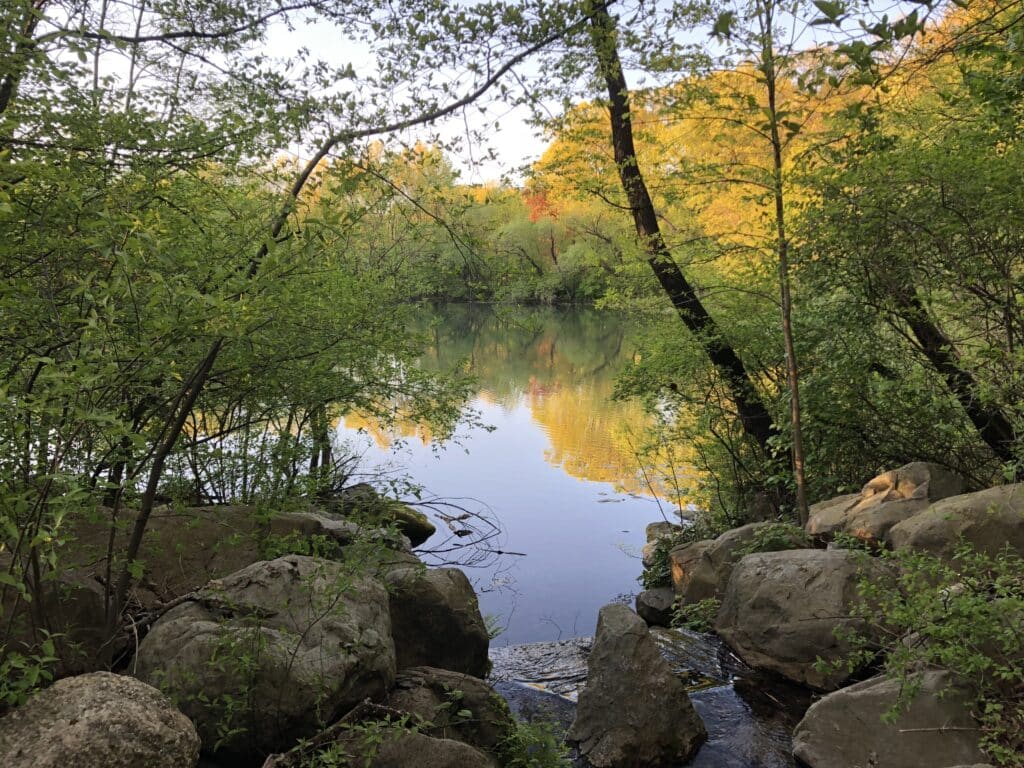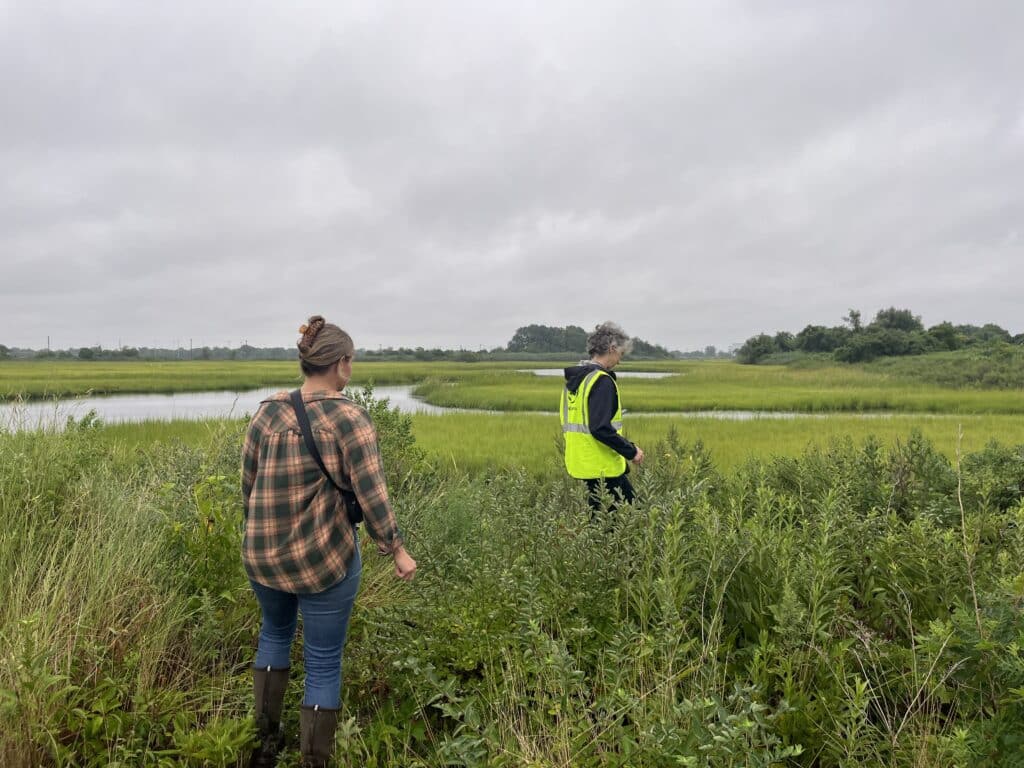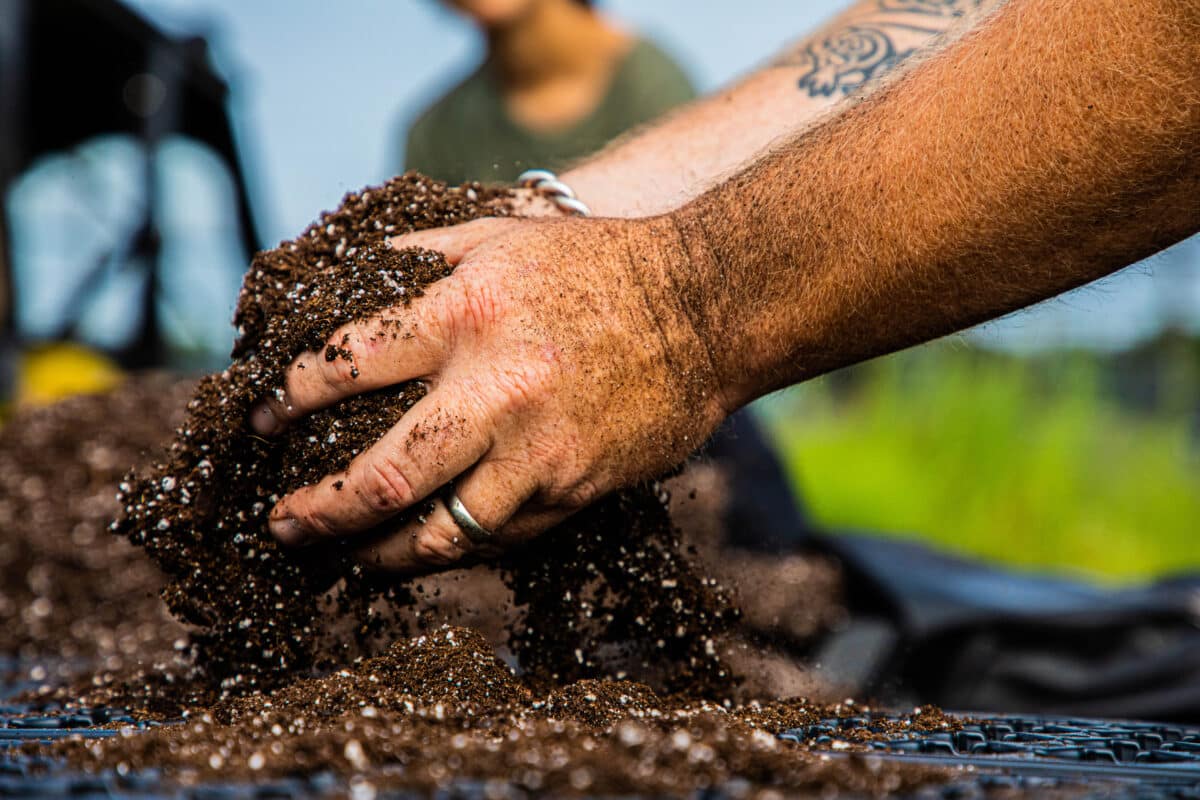The Role of Local Government in the Care of Urban Forested Natural Areas
By Sam W. Lawson
By Sam W. Lawson
Urban natural areas are crucial for enhancing city livability and environmental health but are often overlooked, underfunded, and missing formal protection, which leads to loss of ecological benefits, missed opportunities for community engagement and nature access, and overall loss of natural areas.
Governance structures for urban forested natural areas vary widely between cities, with different combinations of governments and various jurisdictions owning and managing forests. The following report examines how local governments across the U.S. have structured natural areas management and what implications that structure has on funding and protecting these forests. This will provide insight when local governments are considering how to structure their own forest governance and shed light on the current state of local governance.
The basis for this report was a survey distributed to the 19 cities in the Forests in Cities network in 2024 along with several interviews with members of the Forests in Cities Network. The survey had 22 responses from 18 cities and asked questions about local government structure and what respondents would like to change about the current structure in their cities.
Download the PDF(this link opens in new window)
Urban stormwater management is a growing challenge in the face of climate change, especially in cities like New York with aging gray infrastructure and increasing impervious surfaces. This report, “Reducing Runoff: The Role of Urban Natural Areas in Stormwater Management,” presents a comprehensive analysis of how urban natural areas, including ...

In New York City, tidal wetlands are a critical part of coastal resiliency and provide numerous ecological and social benefits. State and federal wetlands mitigation regulations require that development resulting in wetland impacts offset those losses through wetland creation, restoration, and enhancement – with a ...

This report presents a comprehensive overview of the challenges, benefits, and potential funding sources for urban forested natural areas in the United States. It emphasizes the critical need to diversify funding sources for these underfunded areas, which are distinct from other urban green spaces due to their size, biodiversity, and ...
